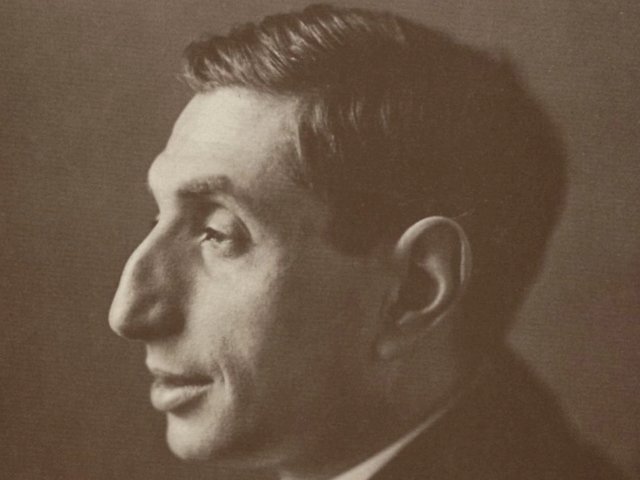The heirs of Erich Klahn, a Nazi artist whose work for churches contained racist and Germanic symbols including swastikas and runes, have won a court battle that will ensure his art continues to be displayed in a convent in northern Germany.
In 2014, after uncovering Klahn’s Nazi leanings, Klosterkammer Hannover, a regional public authority responsible for managing property that once belonged to the church, cancelled a contract with Klahn’s heirs that obliges it to keep and display his works. In January the Federal Court of Justice, Germany’s highest civil court, rejected the Klosterkammer’s appeal against previous court rulings that the cancellation was invalid.

“We are looking at what further steps we can take,” says Andreas Hesse, director of the Klosterkammer. “For now, we are obliged to keep Klahn’s work safe and to show it in the exhibition as previously agreed.” As a result of the decision, he says a museum of Klahn’s work will re-open in April in the Mariensee convent, one of 15 convents and monasteries the Klosterkammer oversees.
A report on Klahn’s life revealed that the artist had joined the Nazi party as early as 1921. Though he eventually left, he “was influenced by the political right and anti-parliamentarianism and allowed himself to be instrumentalised by Nazi cultural policy”, the Klosterkammer says. Three reports confirmed Klahn’s “racist beliefs and his connection to the Nazi regime”. The artist died in 1978.
In Klahn’s work, “Christian iconography, ancient Germanic runes and National Socialist symbols go hand in hand”, according to an analysis of his oeuvre by art historian Herbert Pötter. His Good Friday altarpiece in the Mariensee convent, produced in 1939, features hinges crowned with swastikas and ancient German runes.
Churches were among Klahn’s most important clients. Between 1928 and 1959 he created seven altarpieces, of which five are still in use. He also produced tapestries, windows and paintings for churches in northern Germany. The Erich Klahn Foundation, which is managed by the Klosterkammer, comprises about 1,130 works by the artist.
Peter Raue, a Berlin-based lawyer representing the Klahn heirs, welcomed the court’s decision. Raue disputes the Klosterkammer’s view that Klahn was a Nazi and says the artist never paid his subscriptions to the party. He argues that the Die Brücke artist Emil Nolde was far more deeply implicated in Nazism yet his work is still exhibited today. “What is now [important] is that the Klosterkammer shows it is prepared to continue working with us,” Raue says.




